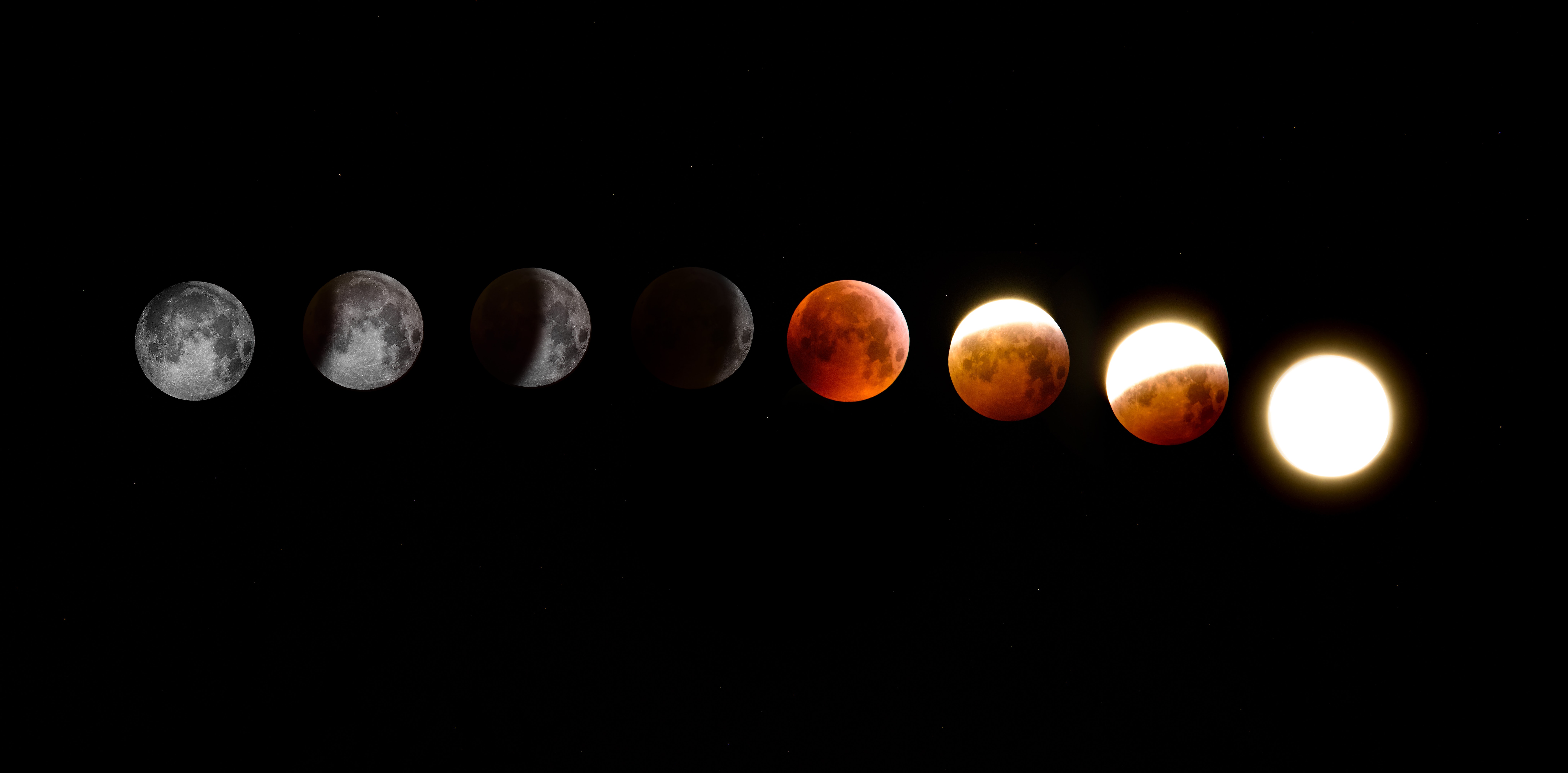Welcome to a journey through the marvels of our cosmic neighborhood, the solar system. The solar system, named after our brilliant Sun, is a captivating expanse of celestial bodies that has captured the imagination of humanity for centuries. In this exploration, we will unveil ten intriguing facts that shed light on the grandeur, complexity, and mysteries of this cosmic realm. From the colossal Sun at its heart to the distant reaches of the Kuiper Belt and beyond, join us as we embark on a celestial voyage to uncover the wonders of our solar system.
Centered on the Sun
At the heart of our solar system, there burns a colossal, searing ball of hot, glowing gas known as the Sun. The fact that the solar system is centered on the Sun is not just a matter of terminology; it’s a fundamental aspect of our cosmic neighborhood’s structure.
The Sun’s immense gravity exerts a powerful force that keeps all other objects within the solar system in orbit around it. This gravitational dominance is what defines the solar system as we know it.
Eight Planets
In our solar system, there are eight officially recognized planets. Each planet boasts its unique characteristics and features. From the blistering temperatures of Mercury to the icy depths of Neptune, these celestial bodies offer a diverse tapestry of worlds for exploration and study. While these eight planets dominate the solar system, it’s important to remember that there are also countless other intriguing objects, like dwarf planets and asteroids, that contribute to the richness of our cosmic neighborhood.
Enormous Scale
Our solar system is a vast expanse, and grasping its scale can be mind-boggling. The average distance between Earth and the Sun, known as an astronomical unit (AU), is approximately 93 million miles (150 million kilometers). This immense distance serves as a yardstick for measuring the vastness of our solar system. For instance, the outermost recognized planet, Neptune, is about 30 AU away from the Sun. This enormous scale highlights the immense distances that spacecraft must travel when embarking on interplanetary missions and underscores the sheer expanse of our cosmic neighborhood.
Gigantic Sun
At the heart of our solar system, we find the Sun, a celestial giant of staggering proportions. The Sun is not only massive; it’s overwhelmingly dominant, accounting for over 99% of the total mass in our solar system. This searing ball of hot, glowing gas primarily consists of hydrogen and helium, undergoing constant nuclear fusion reactions that release immense amounts of energy in the form of light and heat. Its gravitational pull keeps the planets, moons, and other objects in our solar system in orbit around it. This colossal, radiant star is the ultimate source of energy and light for our entire solar system, playing a central role in shaping its dynamics and sustaining life on Earth.
Inner and Outer Planets
The planets in our solar system can be categorized into two main groups: the inner or terrestrial planets and the outer or gas giant planets. The inner planets, including Mercury, Venus, Earth, and Mars, are characterized by their rocky surfaces and relatively small sizes compared to the gas giants. They are located closer to the Sun and have solid, Earth-like compositions.
On the other hand, the outer planets, namely Jupiter, Saturn, Uranus, and Neptune, are known as gas giants due to their massive sizes and primarily gaseous compositions. These planets are situated farther from the Sun and feature thick atmospheres made mostly of hydrogen and helium.
Asteroid Belt
Between the orbits of Mars and Jupiter, there exists a fascinating region known as the asteroid belt. This region is populated by countless rocky objects, remnants from the early stages of our solar system’s formation. These objects are called asteroids, and they vary in size from tiny pebbles to several hundred kilometers in diameter. While the asteroid belt may appear densely packed in popular depictions, the vast distances between these objects mean that spacecraft can safely navigate through it.
Moon Count
In our solar system, moons, or natural satellites, are not unique to Earth. Many of the planets have their own moons, each with its own distinct characteristics and origins. Earth is home to a single natural satellite, our beloved Moon. However, other planets in our solar system boast a variety of moons. For instance, Jupiter, the largest planet, has an impressive moon count, with over 80 known moons, including the massive Ganymede, which is larger than the planet Mercury. Saturn is another planet renowned for its moons, with a fascinating ring system and numerous satellites, such as Titan, notable for its thick atmosphere and potential for organic chemistry. These diverse moons offer valuable insights into the complex dynamics and histories of the planets they orbit, making them essential subjects of study in planetary science.
Changing Atmospheres
The atmospheres of planets in our solar system exhibit a remarkable diversity. Each planet’s atmosphere is a reflection of its unique composition, environment, and geological history. For example, Venus, Earth’s neighboring planet, has a thick and stifling atmosphere primarily composed of carbon dioxide, creating an extreme greenhouse effect and resulting in scorching surface temperatures.
In contrast, Mars, often referred to as the “Red Planet,” has a thin atmosphere primarily composed of carbon dioxide. Its atmosphere is incapable of retaining heat effectively, leading to a cold and inhospitable surface.
Outer Reaches
Beyond the orbit of Neptune lies a distant region of our solar system known as the Kuiper Belt. This region is home to a diverse array of celestial objects, including icy bodies, dwarf planets, and comets. Among the most well-known members of the Kuiper Belt is Pluto, which was once considered the ninth planet but was reclassified as a dwarf planet in 2006.
Eris, another notable dwarf planet, resides in this region as well. The Kuiper Belt extends much farther out, offering a glimpse into the remnants of our solar system’s early history. It’s a realm where ancient objects, preserved in the deep freeze of space, can provide crucial insights into the conditions and processes that shaped the solar system billions of years ago.
Voyager Probes
Launched by NASA in 1977, the Voyager 1 and Voyager 2 spacecraft are remarkable space probes that have embarked on an extraordinary journey beyond the boundaries of our solar system. Their primary mission was to study the outer planets of our solar system, including Jupiter, Saturn, Uranus, and Neptune, and they provided invaluable data and stunning images of these distant worlds.
What sets the Voyager probes apart is their continued mission into interstellar space, which began after their planetary encounters. Voyager 1, in particular, crossed into interstellar space in 2012, becoming the first human-made object to do so. Voyager 2 followed suit shortly afterward. These spacecraft are now venturing into the vast expanse between stars, carrying with them a golden record, a time capsule of humanity’s culture and scientific knowledge.
My blog
Just another WordPress site
Proudly powered by WordPress
-
THE TOP 10 WORLD’S BEST MOTORCYCLE BRANDS
High-performance motorcycle brands To point out, when it comes to speed and performance, you’d probably […]
-
Top 10 Restaurants to Satisfy Your Palate
Discover the Culinary Delights of the Philippines! Discover a taste of the Philippines and explore […]
-
Top 10 Best Tourist Spots in the Philippines!
The Philippines is a country with an incredibly diverse range of natural landscapes and scenic […]
-
TOP 10 BEST MYSTERY ROMANCE BOOKS
Prepare to be swept off your feet and on the edge of your seat with […]
-
10 BENEFITS OF EXERCISING
Regular physical activity is one of the most important things you can do for your […]
-
Top Ten Beautiful Wedding Churches in the Philippines
Here’s the top ten beautiful churches in the Philippines for your ultimate dream wedding.
-
10 Best Korean Dramas to watch on Netflix
10 Best Korean Dramas to watch on Netflix
-
These 11 Netflix Documentaries Could Change Your Life
As people in the modern world have grown more aware of current events, or as […]
-
“10 SPOOKY MOVIES YOU SHOULD’NT MISS”
10 Scary Movies You Shouldn’t Miss” is a compilation of spine-chilling films that are sure […]
-
Exploring Filipino Cuisine: 10 Must-Try Dishes
Food, beyond its sustenance, is a gateway to understanding the rich tapestry of cultures and […]
-
Top 10 Spotify Songs for 2023
Musically, 2023 was defined by the return of major female pop stars, sonic diversity that […]
-
TOP BEST GRAPHIC DESIGN SOFTWARE OF 2023
Graphic Design Software Whether you’re a professional designer or just need to create a good […]







